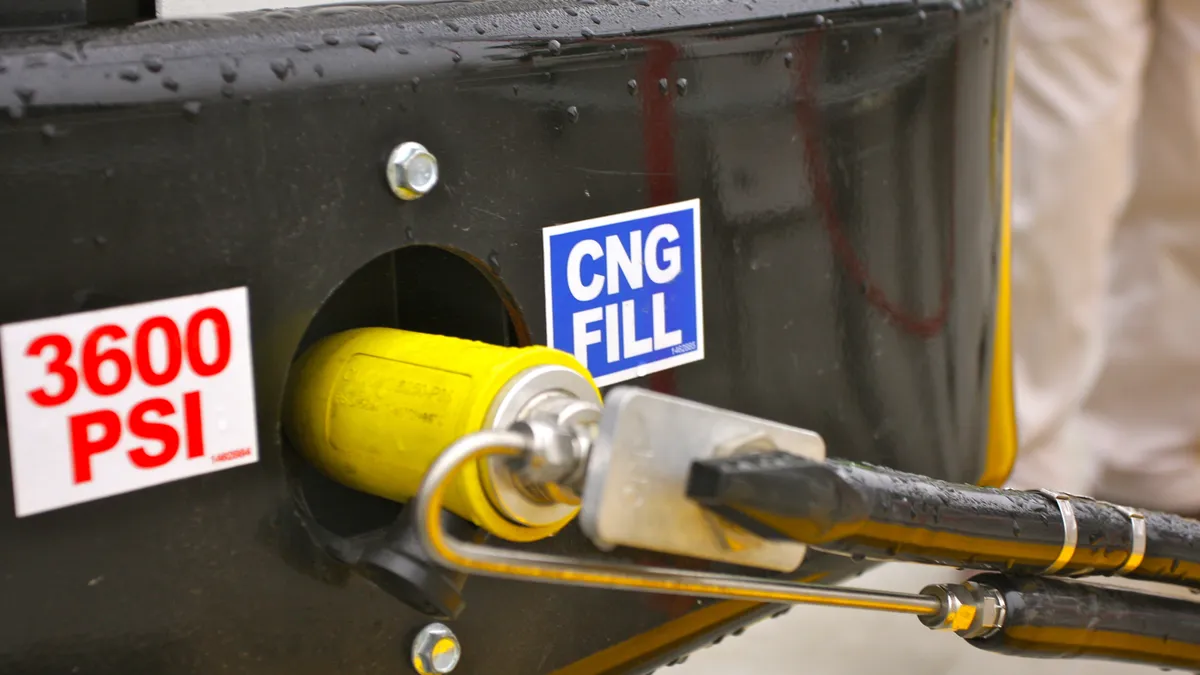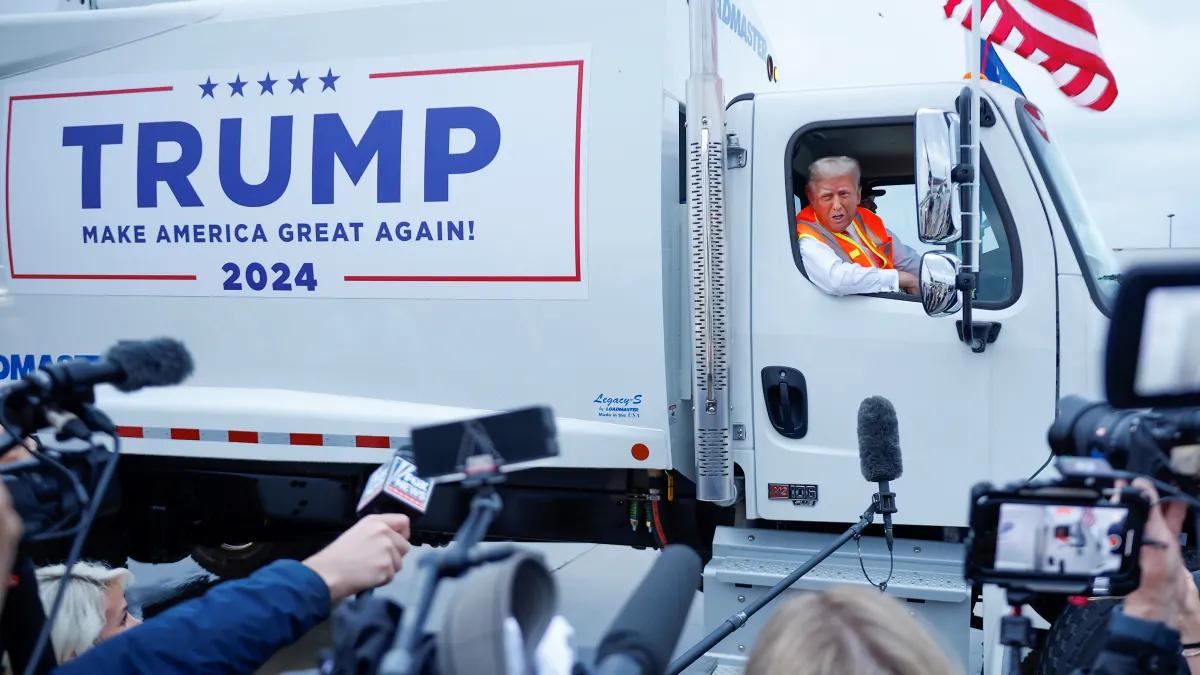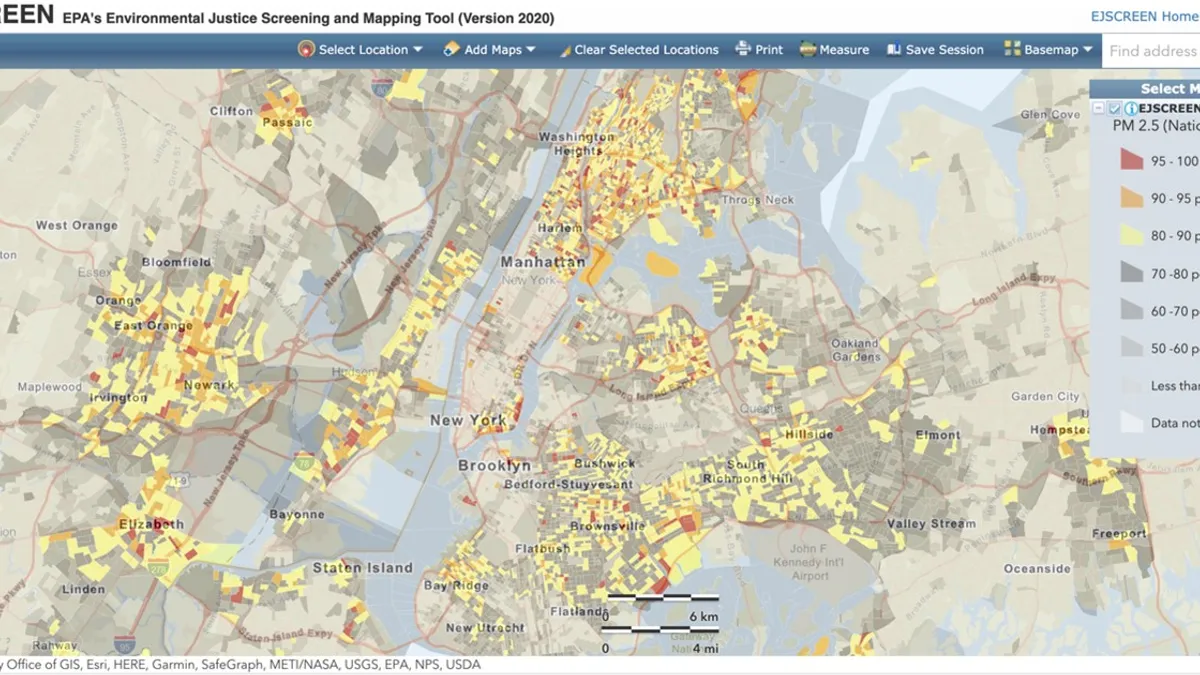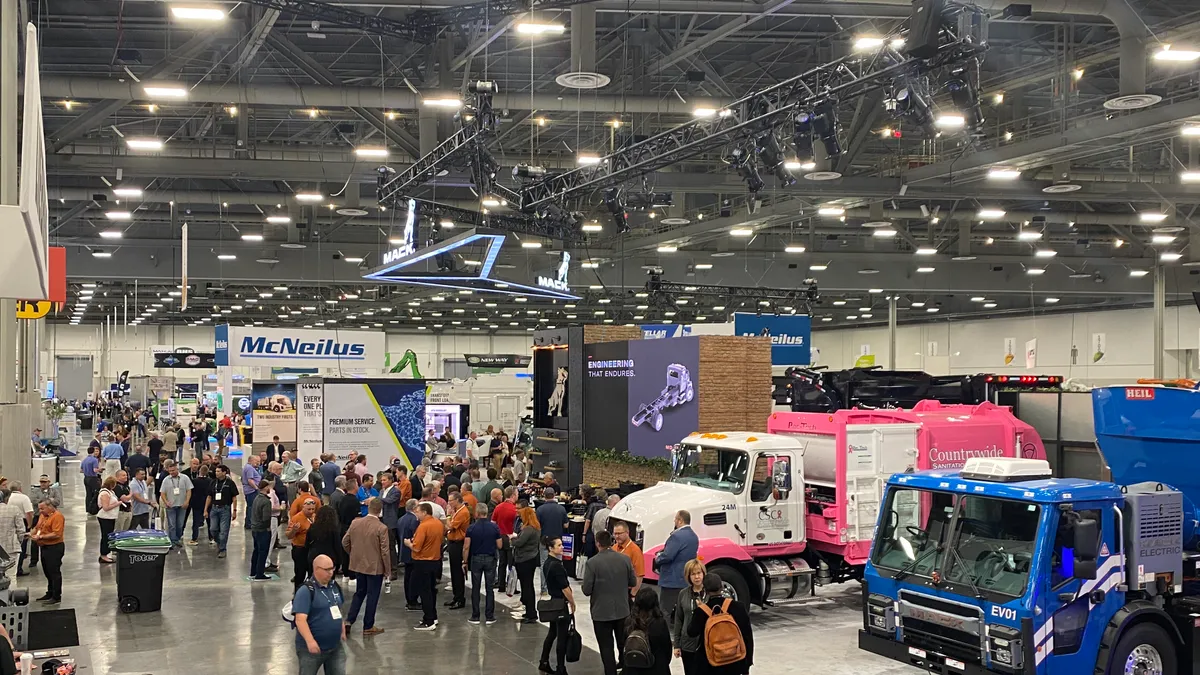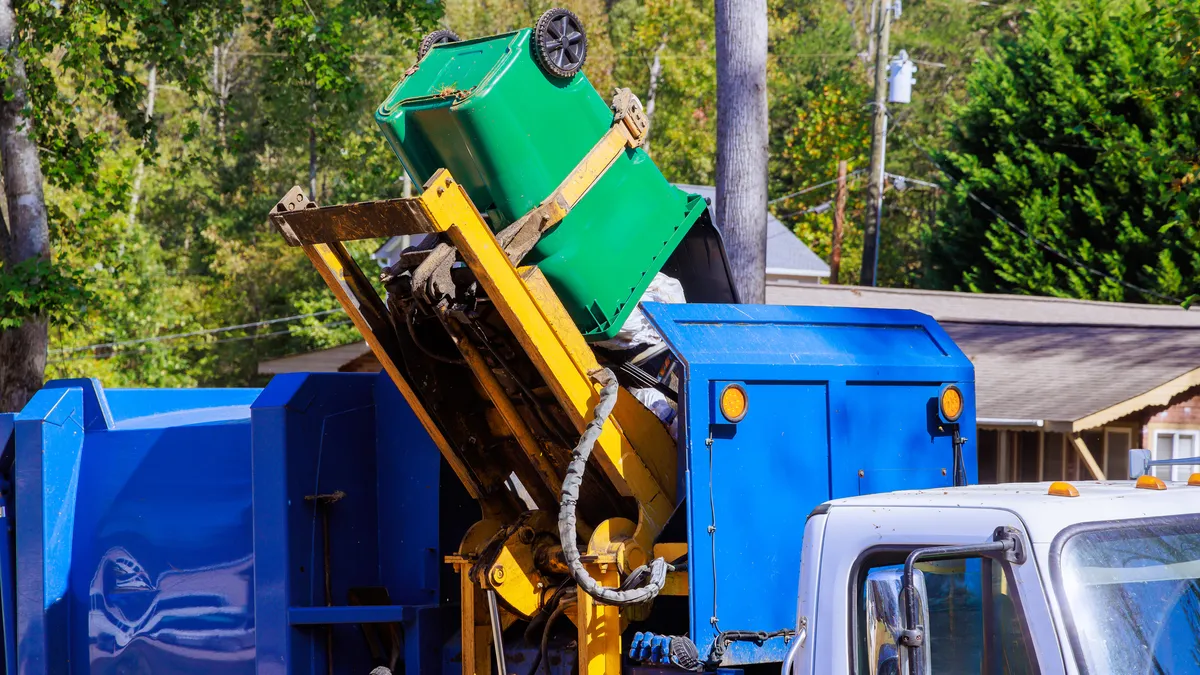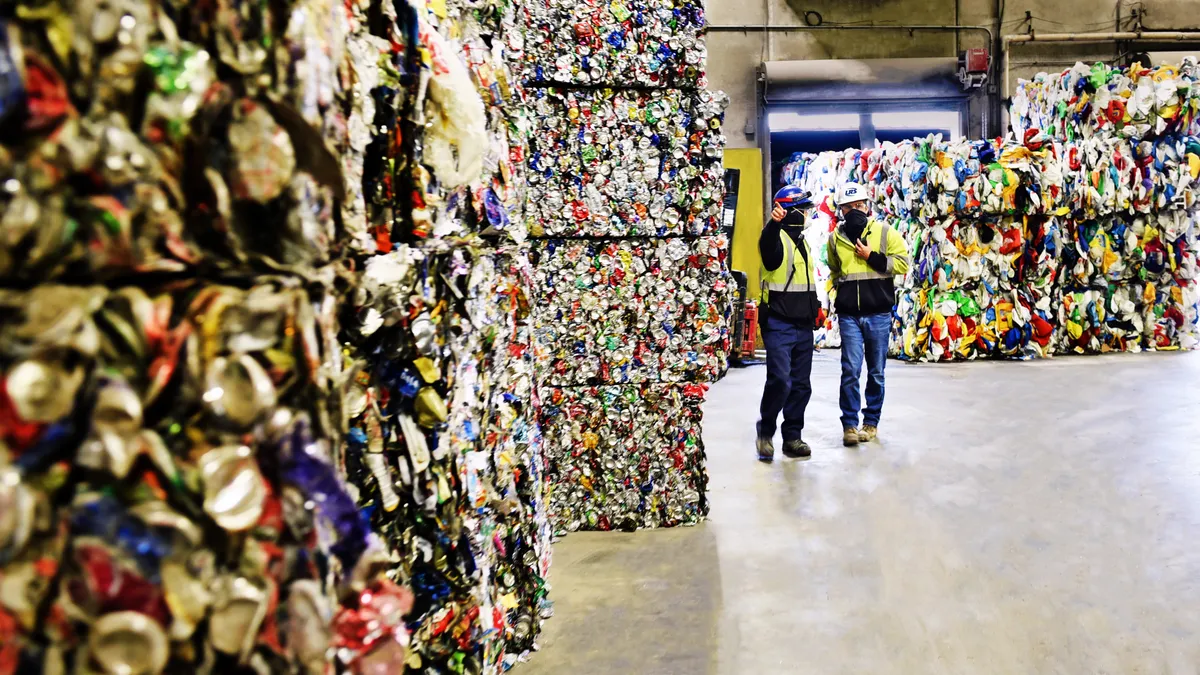With the U.S. goal of reaching at least a 50% cut in greenhouse gas emissions by 2030, fleets in multiple industries are exploring options for reducing their carbon footprints. Some are turning to compressed natural gas and renewable natural gas.
During the first five months of 2021, sales of Class 8 natural gas trucks in the U.S. and Canada rose 19% year-to-date, compared to the same period of 2020, according to a quarterly report from ACT Research.
"Counter to COVID-influenced expectations, April natural gas vehicle sales volumes dropped month over month and year over year, also reducing the year-to-date increase. Activity in May appears to have shrugged off whatever afflicted April, returning to solid, across-the-board improvement, with sales jumping 23% sequentially and 206% higher than the year-ago level," according to the report.
In terms of equipment, trucks that run on natural gas are usually referred to as CNG trucks. However, RNG can be used as a drop-in replacement fuel.
"Zero-emissions targets do provide an opportunity for increased adoption of CNG now, giving CNG a near-term advantage over [battery-electric vehicles]," said Steve Tam, vice president at ACT Research.
Tam explained that natural gas draws its advantage from the fact that it's a more mature and established option than BEVs. However, availability of vehicles that use those solutions is limited, he said.
Paul Rosa, senior vice president of procurement and fleet planning at Penske Truck Leasing, said that the demand for CNG has fluctuated over the years.
"Years ago, CNG was the only viable alternative," he said. "But first- and second-generation trucks weren't as good as they could have been. They are better today, but many fleets remain dissuaded by them."
Driving toward ROI
When helping customers consider CNG trucks for their operations, Rosa said he recommends keeping in mind several factors.
"One is whether or not they currently operate any CNG vehicles and have the infrastructure already in place," he said. "I also ask them to consider if the range works for them, whether or not they have access to fueling stations, and if they can handle the cost." He added that an average vehicle will run about 200 miles per tank.
Fueling stations are actually on the decline, according to Tam.
"We believe the station operators are consolidating as they figure out where the concentration of CNG vehicles is and strive to strike a balance of efficacy/utilization and convenience," he said.
When it comes to the costs and benefits of CNG, Rosa said the analysis is a hurdle customers must clear.
"If the routes, range and weight of CNG vehicles makes sense, the next part of the equation is the overall cost," he said. "If the cost of diesel stays high, the equation is better. If it comes down, the offset doesn't help the equation."
With electric vehicles getting increased attention — and because CNG trucks would not pass zero-emissions regulations without an exemption — Rosa said that if a fleet answers "no" to the above, he might steer them away from the option.
That said, Rosa said he looks to CNG as a viable bridge option as the industry sits firmly in between its diesel past and electric future.
"CNG isn't zero emissions, but it helps get you closer to that goal," he said. "It's a good transition option."
Erik Neandross, CEO of GNA Clean Transportation and Energy Consultants, said CNG will remain a viable option for fleets for some time to come.
"The critical element is that you have to be running the miles and burning the fuel," he said. "Then you achieve both financial and environmental savings."
Large fleets like UPS and Amazon are strong examples of CNG conversion that makes sense — but Neandross said a fleet needn't be that large and driving that many miles to reap benefits. Wegmans — a much smaller fleet — is testing CNG as an option.
If a fleet puts in the miles to justify CNG, the next step is making a commitment to the effort, he explained.
"Recognize that CNG is different, and educate/train your personnel," he said. "I've seen a lot of projects that adopt CNG vehicles and then just set them loose. When things break, then, inevitably the fleets point to CNG as a failure, when it goes back to lack of training and understanding. It requires a different mentality."
Neandross pointed out that when factoring in the residual effects of CNG, it becomes fairly competitive, something he doesn't see happening any time soon with BEVs.
"If you look at the California Resources Board, which is trying to phase out CNG, I think it's a mistake," he said. "There are still many challenges for electric and fuel cell options to become viable — the model isn't there yet."
In the meantime, CNG can offer a good alternative.
"We're nearly a decade out before electric and hydrogen options make sense," added Rosa. "If the finances for CNG add up, it's a worthwhile option for some time to come."


